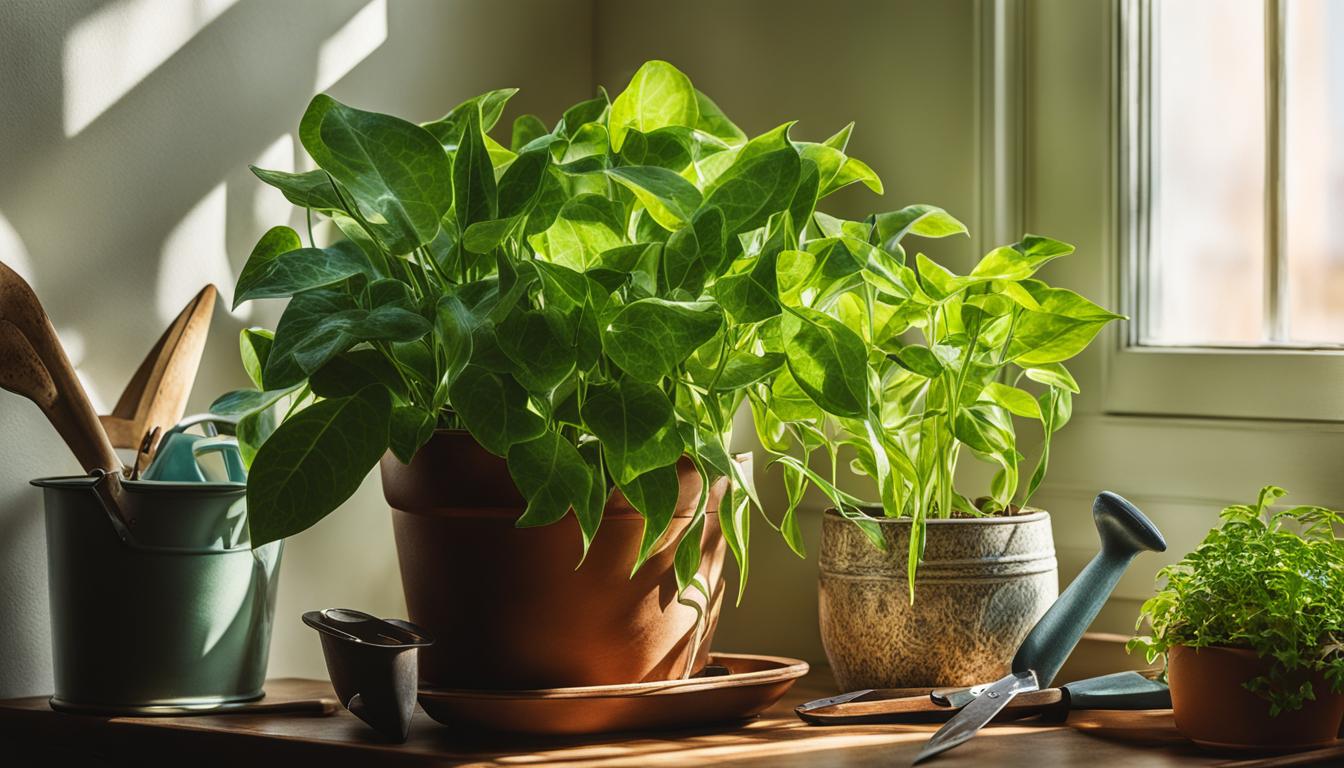
Are you looking for a beautiful and easy-to-care-for houseplant? Look no further than the arrowhead plant, also known as Syngonium podophyllum. With its arrow-shaped leaves and various colors, this fast-growing vine is a popular choice for indoor gardening enthusiasts.
When it comes to arrowhead plant care, there are a few key factors to keep in mind. First, provide the plant with bright but diffused light to ensure optimal growth. Well-draining potting soil is also essential, as it helps prevent waterlogged roots and promotes healthy growth.
The arrowhead plant thrives in warm and humid conditions, so be sure to maintain a comfortable temperature and provide additional moisture in the air. This can be achieved by placing the plant in a naturally humid room or using a portable humidifier.
It’s important to note that the arrowhead vine is toxic to cats, dogs, and horses, so keep it out of reach of curious pets. Additionally, be on the lookout for common pests such as spider mites, mealybugs, aphids, and scale. Regular inspection and treatment with natural solutions like neem oil can help keep these pests at bay.
Propagation of the arrowhead plant is relatively easy and can be done through stem cuttings. Once you have a healthy cutting with aerial roots, place it in water until new roots form, then transfer it to soil for further growth.
With its wide range of varieties, including ‘Bold Allusion,’ ‘Pink Splash,’ and ‘Gold Allusion,’ the arrowhead plant offers plenty of options to suit your aesthetic preferences. Just be sure to check the patent status before propagating any patented varieties.
Whether you’re a seasoned plant enthusiast or just starting out, the arrowhead plant is a fantastic addition to any indoor space. Its vibrant foliage, ease of care, and air-purifying qualities make it a must-have for plant lovers everywhere. So why wait? Start cultivating your perfect arrowhead plant today!
Arrowhead Plant Care Requirements
To successfully care for an arrowhead plant, it is important to consider its light requirements, humidity preferences, and pest management.
The arrowhead plant thrives in medium to bright indirect light, making it suitable for locations with bright but diffused light. It should be positioned away from intense, direct sunlight, as it can burn or bleach the delicate leaves and vines.
The plant prefers warm and humid conditions, so it is ideal to maintain temperatures above 60 degrees Fahrenheit and provide additional moisture in the air.
This can be achieved by placing the plant in a naturally humid room or by using a portable humidifier. While the arrowhead plant can tolerate average humidity levels, higher humidity will promote optimal growth.
Pests such as spider mites, mealybugs, aphids, and scale can affect the arrowhead plant. If any of these pests are noticed, it is important to treat the plant immediately with neem oil or another natural solution.
Regularly inspecting the plant for signs of infestation and removing affected leaves can help prevent the spread of pests.
Arrowhead Plant Care Requirements
| Aspect | Requirement |
|---|---|
| Light | Medium to bright indirect light |
| Temperature | Above 60 degrees Fahrenheit |
| Humidity | Higher humidity preferred |
| Pests | Spider mites, mealybugs, aphids, scale |
By providing the arrowhead plant with the right light conditions, humidity levels, and proactive pest management, you can ensure its health and promote optimal growth.
Arrowhead Plant Varieties and Propagation
The arrowhead plant, also known as Syngonium podophyllum, offers a wide variety of cultivars with stunning foliage colors and patterns. These unique varieties add a touch of beauty and vibrancy to any indoor space. Let’s explore some popular arrowhead plant varieties and learn how to propagate them.
Arrowhead Plant Varieties
There are several popular cultivars of arrowhead plants, each with its own distinctive characteristics. Here are some noteworthy varieties to consider:
- ‘Bold Allusion’: This variety showcases light green leaves with splashes of baby pink, creating a beautiful contrast.
- ‘Cream Allusion’: With light green leaves and creamy centers, this cultivar features delicate pinkish veins for an elegant look.
- ‘Exotic Allusion’: The pale green leaves of this variety are adorned with cream venations, offering a subtle yet eye-catching appeal.
- ‘Pink Splash’: Bold, deep, and bright hot pink leaves make this cultivar a striking addition to any indoor plant collection.
- ‘Gold Allusion’: Featuring large heart-shaped golden yellow leaves with pinkish veining, this variety adds a touch of warmth and radiance.
- ‘Snow White’: Compact green leaves with white speckles give this cultivar a unique and mesmerizing appearance.
- ‘Neon Robusta’: With shiny dusky pink leaves, this variety adds a touch of boldness and drama to any space.
- ‘Mini Pixi’: Petite green and yellow leaves make this cultivar an adorable and compact option for smaller spaces.
These are just a few examples of the many arrowhead plant varieties available. Each one offers its own unique charm, allowing you to find the perfect fit for your personal style and indoor environment.
Arrowhead Plant Propagation
Propagating arrowhead plants is a rewarding way to expand your collection or share these beautiful plants with others. One common method of propagation is through stem cuttings:
- Select a healthy stem from the parent plant that has at least one node and aerial roots.
- Carefully cut the stem just below the node, ensuring that the cutting is approximately 4-6 inches in length.
- Place the cutting in a glass of water, submerging the node and any aerial roots.
- Position the glass in a warm, well-lit area away from direct sunlight.
- After a few weeks, you should start to see new roots forming on the cutting.
- Once the roots have developed, carefully transfer the cutting into a small pot filled with well-draining potting soil.
- Continue to care for the new plant as you would an established arrowhead plant, providing it with the right amount of light, water, and humidity.
It’s important to note that some arrowhead plant varieties may be patented, which means that propagating them for commercial purposes may be prohibited. Before propagating any houseplant, it’s always a good idea to check the patent status to ensure compliance with legal regulations.
By exploring the different arrowhead plant varieties and learning how to propagate them, you can enjoy the beauty and diversity of these stunning plants while expanding your indoor plant collection.
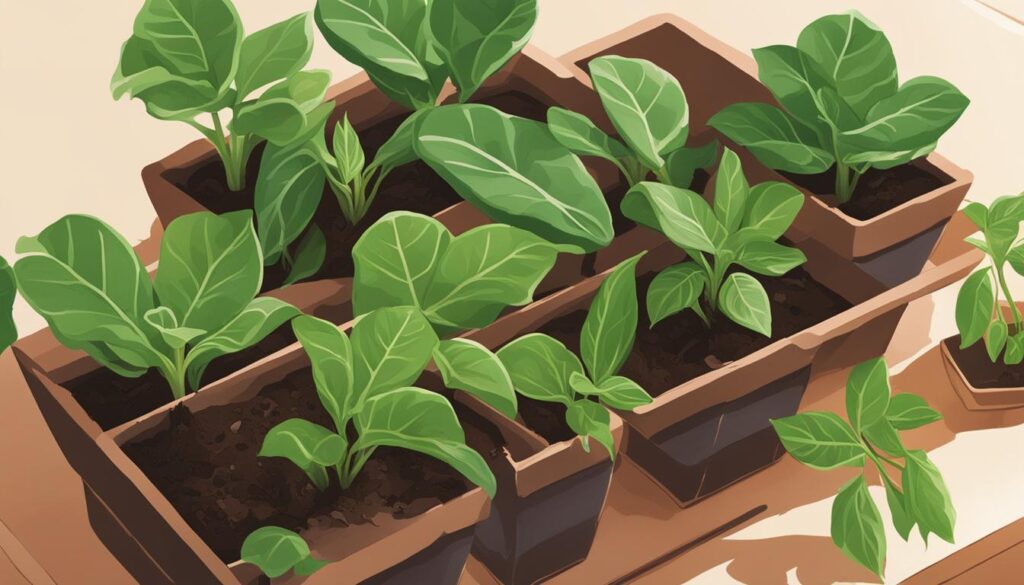
Potential Issues and Troubleshooting
As an arrowhead plant owner, it is essential to be aware of potential issues that can affect the health and well-being of your plant. One important aspect to consider is the toxicity of the arrowhead plant.
Although it is a beautiful houseplant, it can be harmful if ingested by small children or pets. Therefore, it is crucial to keep the plant out of their reach and educate yourself and others about its toxic nature.
Another common problem that arrowhead plant owners may encounter is the presence of pests. Mealybugs, aphids, spider mites, and scale insects can infest the plant, causing damage to the foliage and hindering its growth.
If you notice any signs of pest infestation, such as discolored or distorted leaves or the presence of tiny insects, it’s important to take action promptly.
To address pest issues, you can opt for natural solutions like neem oil, which is effective in controlling and eliminating many common houseplant pests.
Applying a diluted neem oil solution to the affected areas can help get rid of pests and prevent further infestation. Regularly inspecting your arrowhead plant for any signs of pests and taking immediate action will contribute to the overall health and vitality of your plant.
In addition to toxicity and pests, arrowhead plants may also experience leaf discoloration or wilting. If you notice pale or yellowed leaves, it may be a sign of excessive light exposure.
Arrowhead plants prefer bright but indirect light, so consider adjusting the positioning of your plant to ensure it receives the optimal amount of light without being exposed to direct sunlight.
On the other hand, brown leaves or wilting can indicate under-watering. Arrowhead plants require regular watering, allowing the top inch of soil to dry out between waterings.
Be sure to water your plant thoroughly but avoid overwatering, as this can lead to root rot. Adjusting your watering routine and ensuring proper soil moisture can help prevent these issues.
By being proactive in identifying and addressing potential issues, you can maintain a healthy and thriving arrowhead plant. Remember to prioritize the safety of your family and pets by keeping the plant out of their reach and taking necessary precautions.
With proper care and attention, your arrowhead plant will continue to brighten up your indoor space for years to come.
FAQ
How do I care for an arrowhead plant?
To care for an arrowhead plant, provide it with bright but diffused light, well-draining potting soil, and water it regularly, allowing the soil to partially dry out between waterings. The plant prefers warm and humid conditions, and it can be fed with liquid fertilizer once a month during the growing season.
What are the popular varieties of arrowhead plants?
Popular varieties of arrowhead plants include ‘Bold Allusion,’ ‘Cream Allusion,’ ‘Exotic Allusion,’ ‘Pink Splash,’ ‘Gold Allusion,’ ‘Snow White,’ ‘Neon Robusta,’ and ‘Mini Pixi.’
How do I propagate an arrowhead plant?
Arrowhead plants can be easily propagated through stem cuttings. Simply take a section of the stem with attached aerial roots, place it in water, and wait for new roots to form. Once the roots have strengthened, the cutting can be planted in soil.
Are arrowhead plants toxic?
Yes, arrowhead plants are toxic to cats, dogs, and horses. It is important to keep them out of reach of small children and pets.
What are some common issues that may occur with arrowhead plants?
Some common issues that may occur with arrowhead plants include pale or yellowed leaves due to excessive light, brown leaves or wilting due to under-watering, and the development of pests such as mealybugs. These issues can be addressed by adjusting lighting conditions, watering the plant appropriately, and treating pests with natural solutions like neem oil.

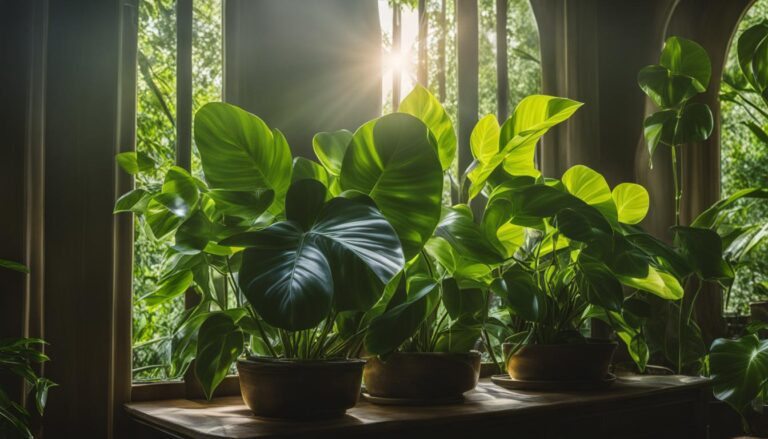
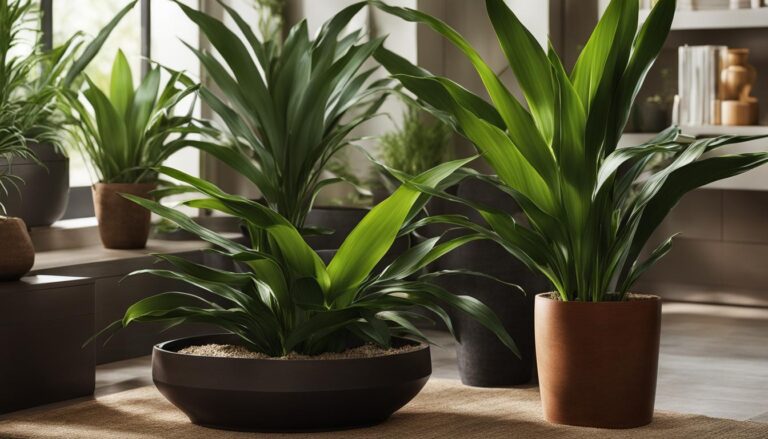

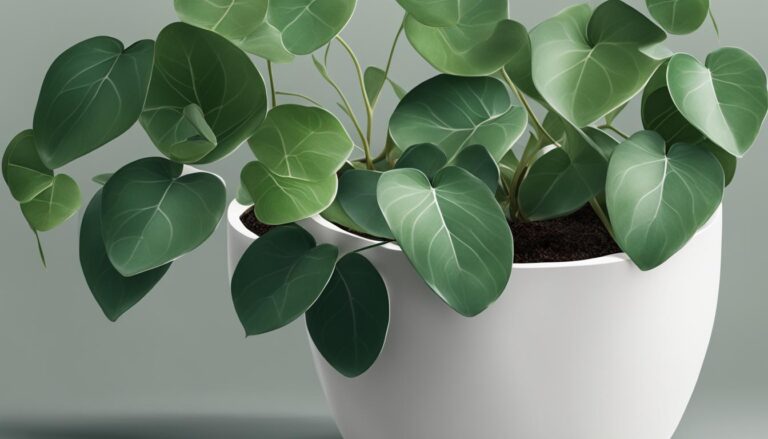
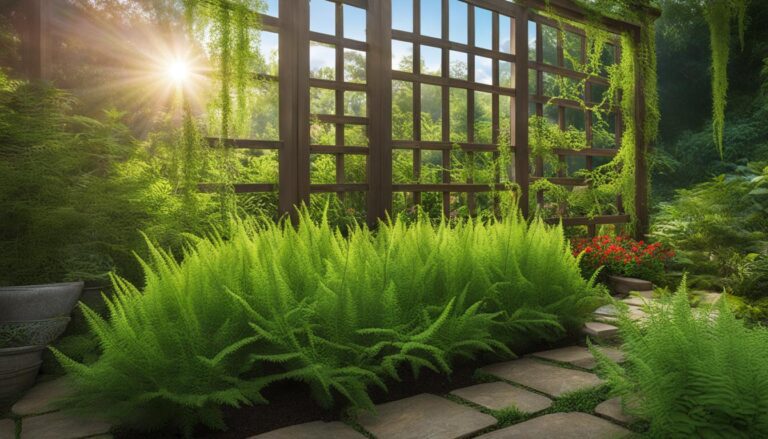

One Comment
Comments are closed.